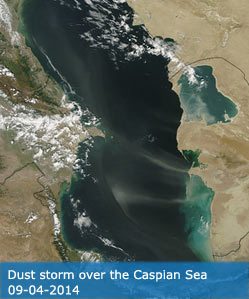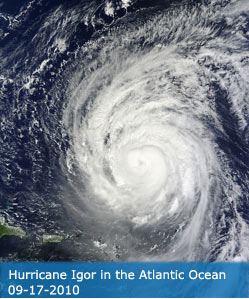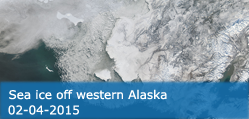Science Team
Publications
Hailemariam, M; Li, R; Wang, YP (2025). Observational study on the relationship of albedo with vegetation water content and canopy development in tropical and temperate forests of China. THEORETICAL AND APPLIED CLIMATOLOGY, 156(1), 25.
Abstract
Land surface albedo plays a crucial role in the surface energy balance of climate systems and remains one of the most uncertain components in the radiation budget of climate models. Vegetation significantly influences climate regulation by altering the earth's surface albedo. The plant water status affects the radiation balance of the earth's surface by changing albedo; however, our understanding of how plant water status influences albedo variations in terrestrial ecosystems is limited. This study aims to investigate the spatial and temporal features of albedo and its affecting variables. Specifically, we analyze the relationships between albedo and affecting factors, including microwave emissivity difference vegetation index (EDVI), Normalized Difference Vegetation Index (NDVI), and volumetric soil moisture content (VSWC). Additionally, we examine the effect of vegetation water content (VWC) on albedo changes in the Xishuangbanna evergreen broad-leaved forest (BNS) and Changbaishan temperate mixed forest (CBS) in China. We use in-situ measurements and satellite observation datasets. EDVI, a new parameter developed to using on the land surface emissivity difference between two wavelengths to indicate VWC. Our results show that albedo increased during the early growing season, peaked in summer, and subsequently decreased in both forests. The multiple-year mean albedo was relatively higher in the BNS compared to the CBS forest during the study period from May to October. VWC and other variables significantly affect albedo at both forest sites. Throughout the whole year study period, we found a negative correlation between albedo and both EDVI and NDVI, as well as VSWC in the BNS forest. In contrast, at the CBS forest, albedo was positively correlated with EDVI and NDVI while being negatively correlated with VSWC from May to October. VWC influences albedo indirectly by affecting other variables that affects albedo. Our analysis revealed a decreasing trend in albedo as NDVI and VSWC increased under both high and low VWC status, demonstrating a negative correlation with these indices. However, the pattern of albedo change was lower under high VWC status in the BNS forest, suggesting that VWC lower albedo by absorbing more incoming solar radiation. In contrast, at the CBS forest, albedo continued to increase with rising VWC during the growing season, showing a positive correlation with NDVI, which indicates that albedo changes were primarily driven by vegetation greenness. Overall, we concluded that vegetation greenness is the main driver of albedo change under high VWC status in the BNS forest, while VSWC becomes as the most important driver of albedo change under low VWC status. In the CBS forest, NDVI is the primary driver of albedo change, regardless of VWC status, during the growing season. This study highlights the usefulness of EDVI as an indicator of VWC on understanding its effect on albedo changes and enhances our understanding of the mechanisms underlying land-atmosphere interactions in forest ecosystems.
DOI:
10.1007/s00704-024-05275-0
ISSN:
0177-798X




